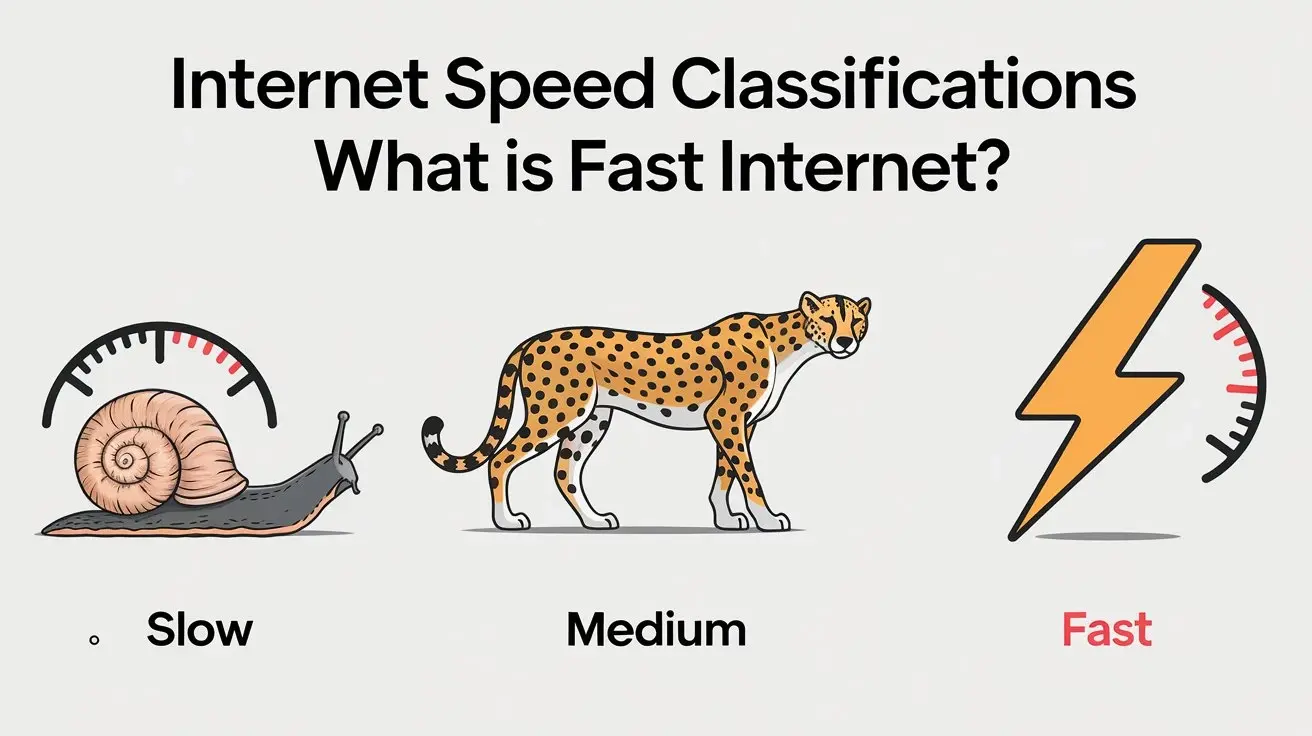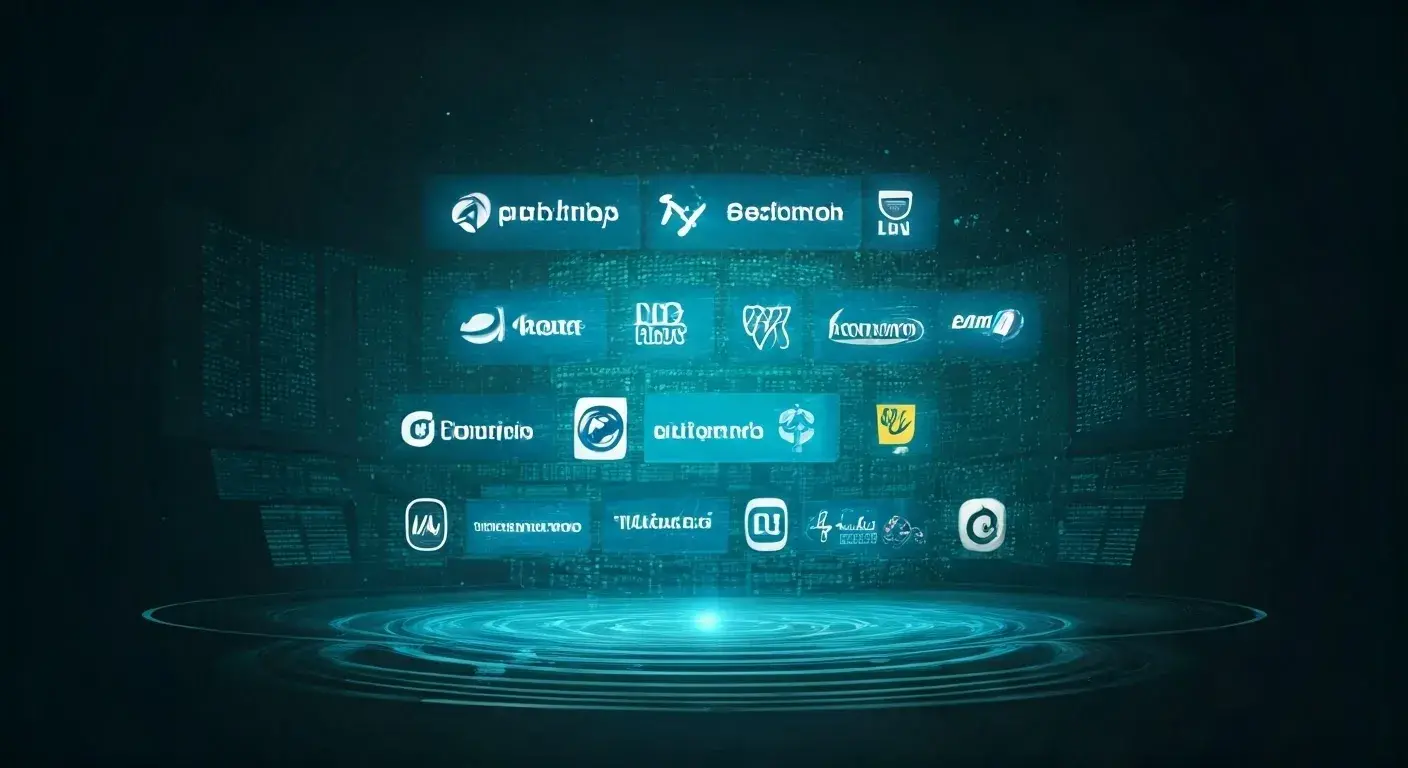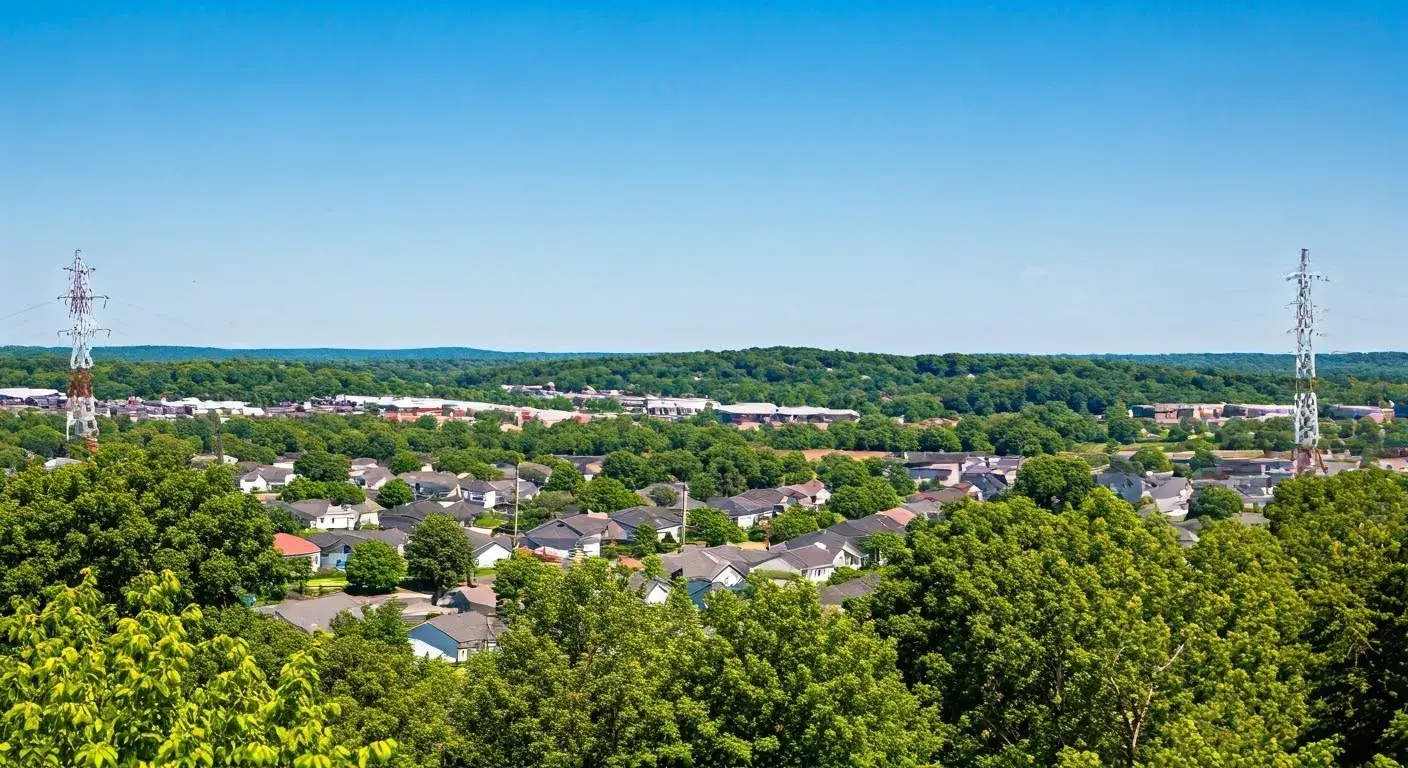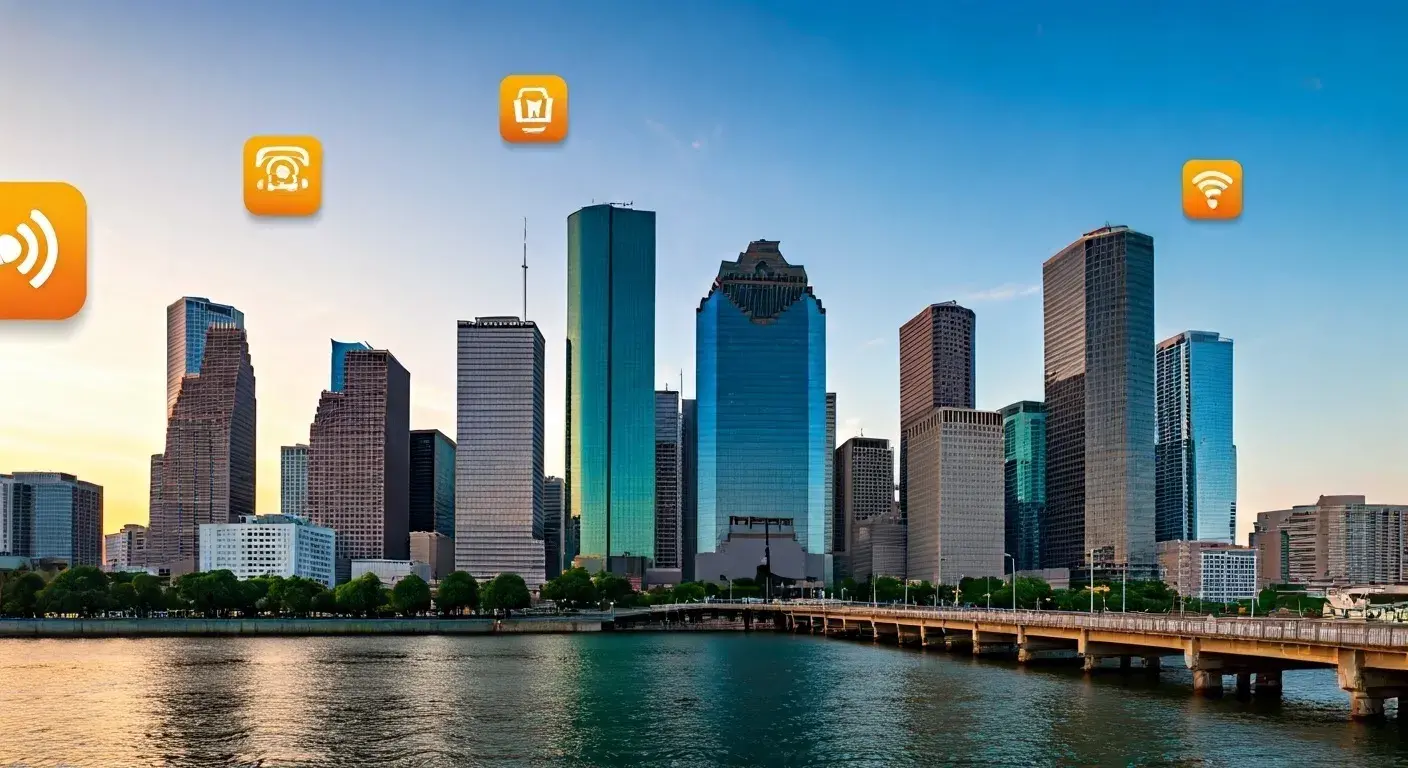
Today having an Internet connection, and better still, a fast Internet connection is something that is a must. Due to online gaming, streaming videos and songs, working from home attending online meetings, and even online classes are more important than ever, one needs a fast and reliable connection. When going through the search for the best internet connection it is important to discover what it means to have a fast internet connection as well as the possible classifications.
1. Internet Speed Categories Made Clarify
ISPs use various categories to define Internet speed, but the two most basic categories that are widely used today are Mbps and MB/s. Mbps is by far the most commonly used due to its ability to give data download rates, which are important for almost all Internet applications.
2. Broadband Speeds: The Basics
Internet broadband is by far the most widely used type of access to the World Wide Web that exists at the present stage. It is far faster than the earlier dial-up links and various services such as Voice Over Internet Protocol (VoIP), video, and data are possible.
3. Broadband Speed Tiers
- Basic Broadband: Up to 3 Mbps
- Standard Broadband: 3 to 10 Mbps
- High-speed Broadband: 10 to 50 Mbps
- Super-fast Broadband: 50 to 100 Mbps
- Ultra-Fast Broadband: More than 100 Mbps
4. What Speed is Considered Fast Internet?
Internet connection speed can be greatly different, still, fast connection can be defined as connection speeds higher than 25 Mbps. This classification works for both download and upload processes and an even higher speed will be needed for many user engagements or high amounts of data.
5. The difference between Download and Upload Speeds
Download speed refers to the rate of data transfer from the internet to your device while upload speed refers to the rate of data transfer from your device to the internet. Typically a fast connection refers to a connection speed that has high download and upload ability.
6. What are the Various Internet Connections
It is very important to know that various kinds of internet connections give different speeds. The most common types include:
- DSL (Digital Subscriber Line).
- Cable
- Fiber Optic
- Satellite
- Mobile/Wireless
7. How to Properly Select an Internet Service Plan
To choose the right internet package compare your usage, number of devices, and kinds of activities that are performed on the Internet. For simple browsing, checking email and slight streaming, a plan of 10 to 25 Mbps is adequate. However, for streaming HD videos, online gaming or services and remote working, connections with speeds above 50 Mbps will be required.
8. Here, you will find steps on how to test your internet speed accurately.
To check the internet speed that you are currently employing you should use a speed test tool like; Speedtest.net or Fast.com. These tools will then determine the best download and upload speeds that you will require to know how well your connection will perform.
9. More Tips for Faster Internet
Aside from choosing the right internet plan, there are several ways to optimize your internet connection, such as:
- WiFi signal booster through Wi-Fi extender
- Protecting own networks from interferences
- Closing unnecessary programs on the computer to reduce congestion.
- Including the replacement of your router, modem or your devices to newer models.
Conclusion
Internet speed has since turned into an essential aspect of our daily lives, and hence people need to understand the various classifications of internet speed when choosing an internet service provider. Select a plan that offers an adequate download and upload speed and then actively work to improve the quality of your connection and you should be able to have an almost perfect internet experience.






